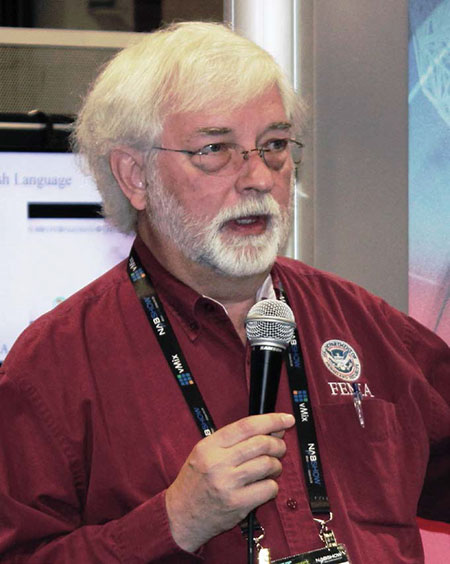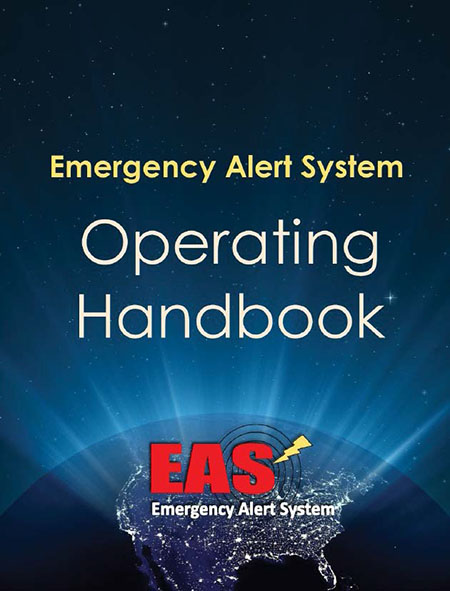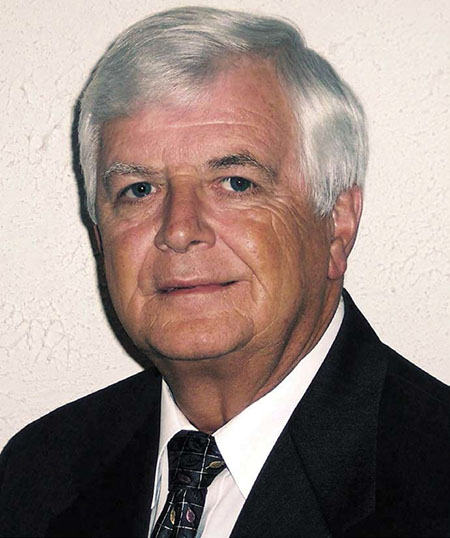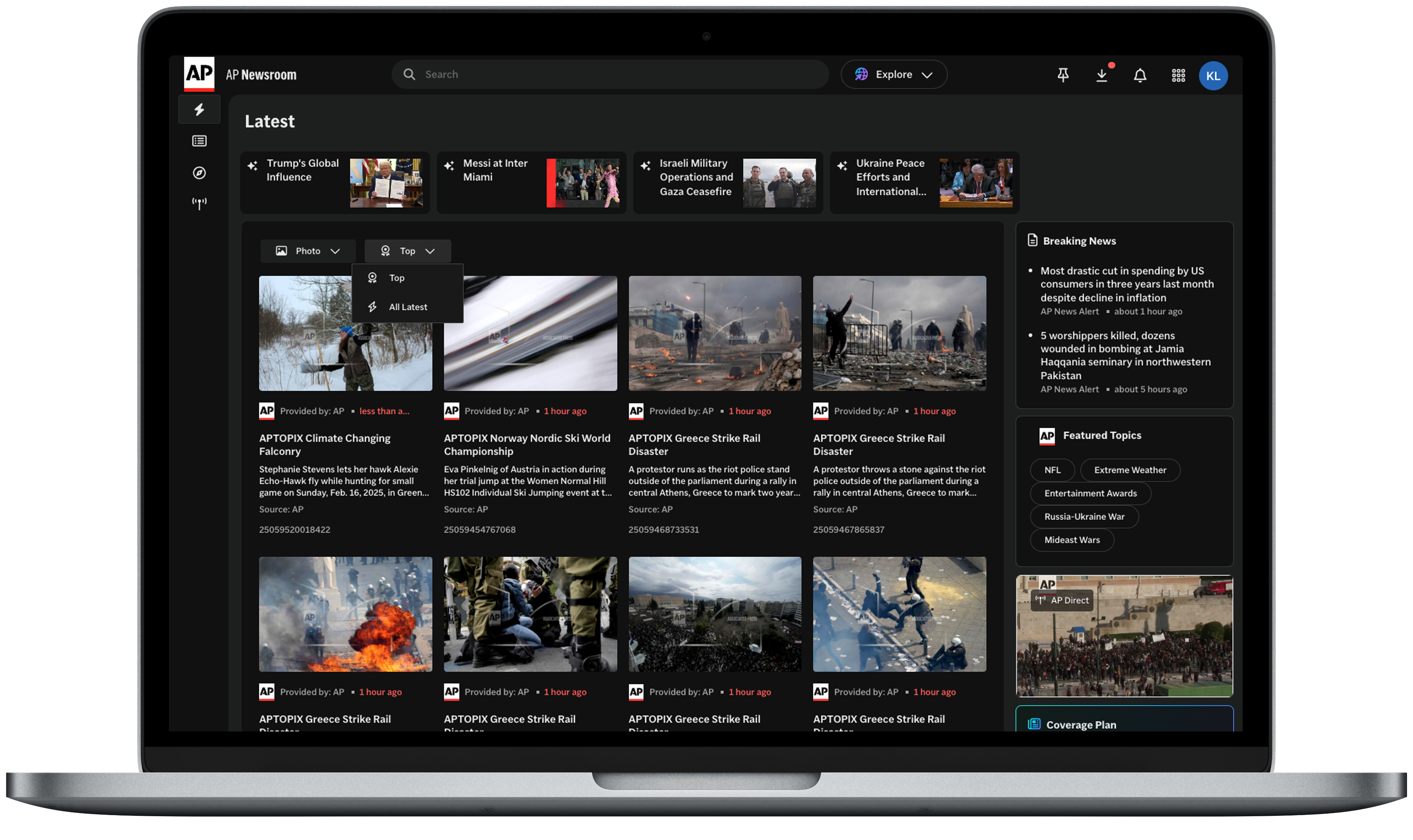Broadcasters Prep for Nationwide EAS Trial
ALEXANDRIA, VA.—The Federal Emergency Management Agency (FEMA) is gearing up for its third nationwide Emergency Alert System (EAS) test, Sept. 27. (Previous tests were conducted in 2011 and 2016.)
The test has been in the works for some time, falling in line with September having been officially designated “National Preparedness Month.” (An earlier test was planned for late spring or early summer, but had to be scrubbed due to some key elements not being in place.)

Al Kenyon, customer support branch chief for FEMA’s IPAWS
LESSONS LEARNED
Al Kenyon, customer support branch chief for FEMA’s IPAWS (Integrated Public Alert and Warning System), said that last year’s national test revealed some deficiencies in the system, and was optimistic that the upcoming test results would reveal continued improvement.
“When we look at the responses in the ETRS [EAS Test Reporting System], we expect to see fewer people having trouble with configurations and similar problems,” he said in a presentation at the 2017 Tennessee Association of Broadcasters conference last month. “We [do] expect to see about the same number of equipment failures; that’s a technical fact of life. This is an opportunity for folks that made a good faith effort to update their equipment to be rewarded for their efforts.
“In our 2016 test report we proposed doing two follow-up tests this year,” he added. “We found that the ETRS wasn’t ready to be reset earlier in the year and some background software needed changing. All is in order now. The data transfer and updates in ETRS have gone well.”
Kenyon added that his organization is considering doing its next test in 2018 through a network of specially hardened and equipped broadcast stations designated as PEP (Primary Entry Point) operations with a direct link to FEMA’s emergency preparedness headquarters, thus not relying on internet connectivity or off-air pickups from other stations. (The September test will not involve PEP connectivity.)
Get the TV Tech Newsletter
The professional video industry's #1 source for news, trends and product and tech information. Sign up below.
Kenyon noted the need to exercise the PEP system. “We are well aware of the inherent resilience of broadcast operations; that could be very important in the event of an internet failure,” he said. “But first we need to follow up on last year’s test. We are planning to do a test involving PEP stations as our primary distribution system next year.”

A pdf of the 2017 EAS Handbook can be downloaded at https://www.fcc.gov/general/eas-test-reporting-system.
Asked about the overall performance of the system in the 2016 test, Kenyon said that while radio stations did fairly well, “TV broadcasters have a bit more of a challenge, and cable operators have many more challenges,” noting that one of these was in getting firmware in thousands of set-top boxes to “behave.”
Another potentially problematic area involves automation systems used by some broadcasters.
“A number of TV broadcasters observed and reported problems with middleware and automation systems where EAS audio was just added to program audio,” said Kenyon. “This is not a good thing. It surprised some operators. With a sophisticated automation system, there are lots of boxes to check when you set it up. Following last year’s test, I know of one large station group that set up a training session with their automation vendor to make sure everything was configured properly.”
The core feature of the EAS system is to allow the President to directly address the nation during an emergency. Kenyon was asked if this would be happening during the September test.
“No, not this time” he said. “Several people have asked about different voices for the audio files we’ll be using. There will be no new audio this time.”

Stephen Hartzell, attorney with the North Carolina-based law firm of Brooks Pierce
GETTING READY
Stephen Hartzell, an attorney who specializes in FCC regulatory matters with the North Carolina-based law firm of Brooks Pierce has been closely aligned with previous EAS tests and observed that the earlier tests have served as learning experiences and feels the upcoming test should likely go more smoothly. However, he did offer some advice to broadcasters.
“Stations should prep for this year’s nationwide EAS test in a manner similar to last year’s,” he said. “There’s a new EAS Handbook [2017 version] that stations need to complete and become familiar with, [and] there’s the fundamental matter of making sure that your station’s EAS gear is functional and complies with the latest FCC rules, including recognition of the NPT (National Periodic Test) and ‘six zeroes’ codes.” (A pdf of the handbook can be downloaded at https://www.fcc.gov/general/eas-test-reporting-system.)
Hartzell also reminded stations that reports must be filed in a timely manner via the FCC’s ETRS, observing that that there’s a potential “hitch” with such on-line reporting.
“Usernames and passwords that stations established last year for ETRS are no longer valid, and the FCC has issued a Public Notice to explain to stations the three-step process for creating new credentials,” he said. “The three-step process is not exactly intuitive, and it includes the FCC’s CORES [COmmission REgistration System] database and a verification email that is valid for only 24 hours.”

Jerry Massey, SBE president
DO IT AGAIN
SBE President Jerry Massey offered his advice for a successful test, noting that last year’s exercise revealed several common, but easily-remedied problems. These include incorrect encoder/decoder configurations, outdated software or firmware—and in a number of cases—EAS gear that wasn’t operational. He advocated a regular testing routine to make sure that EAS and all station gear is ready to go when it’s needed.
“Preparation is the key,” he said. “Even though you have previously checked your EAS units, do it again to verify that your configurations are correct, that you are receiving all of your off-air monitoring stations, and that you are receiving IPAWS on the weekly test. Also, check with the manufacturer to verify that your software is up-to-date. It is [this] preparation that will in the end save you headaches in the future.
“Tests are essential for ensuring that our plants are preforming correctly, [and] the national EAS test is no different,” Massey added. “We need to ensure that we are prepared and our equipment is ready to issue this test, or any other EAS requirement that comes up in the future.”
Pete Sockett, director of engineering and operations for Capital Broadcasting said that last year’s test went off without any real problems at his facility. “Automatically sending the feeds to our outlets [WRAL, WRAZ and WILM] was a little kludgy the first time,” he said. “But it worked OK, and based on what we learned in that test we figured out a better way to do it and have implemented that change.”
Asked if he had any advice for other broadcasters readying for the test, Sockett observed that it was an event that no one should fear. “That’s why you have a test in the first place,” he said. “It’s only to help you determine where the pitfalls are and what you need to do to overcome them.
